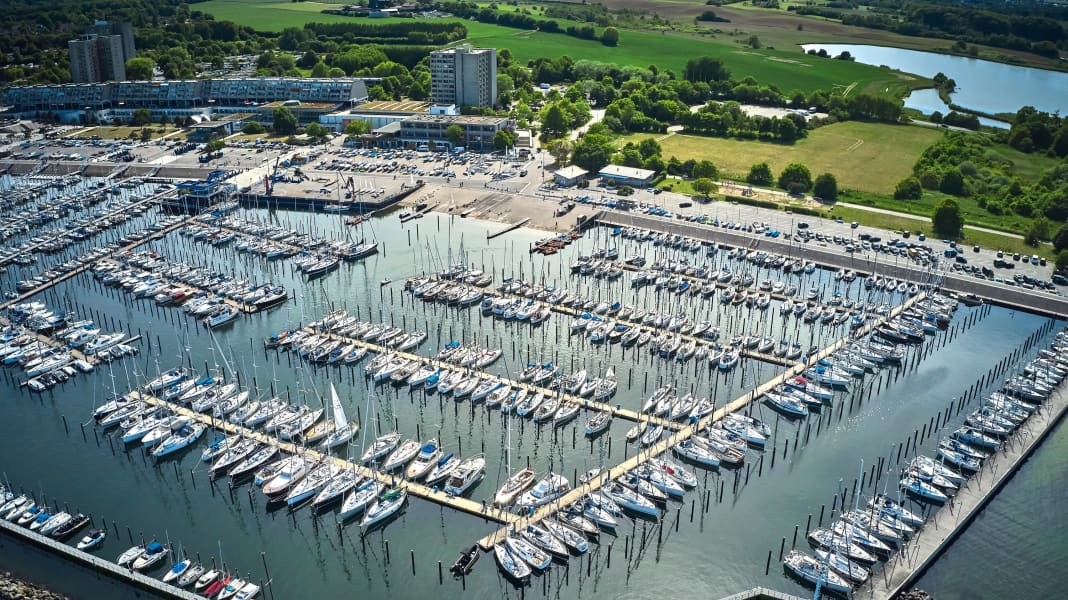Plans of the council parties: Ban on copper-containing antifouling on the Kiel Fjord?
Hauke Schmidt
· 16.08.2023

The recently negotiated agreement between the SPD and the Greens states that they want to "reduce the use of environmentally harmful paints for boats in municipal harbours". In an interview with the "Kieler Nachrichten" newspaper, Green councillor Dirk Scheelje refers to Kiel's status as a marine conservation city and says that action must be taken. However, it remains unclear exactly how the reduction is to be achieved. According to Scheelje, they do not want to impose bans. Instead, the aim is to persuade water sports enthusiasts to use biocide-free antifouling.
The main issue here is the copper contained in almost all underwater paints. It provides good protection against fouling, but also washes out. The Federal Environment Agency estimates that around 70 tonnes of copper are released into the water every year through antifouling on recreational boats. However, this estimate is based on many assumptions, as neither the number and size of yachts coated with antifouling nor the quantity and composition of the paints used are recorded in Germany.
Alternatives to antifouling with copper
Although non-toxic alternatives have been available for some years now, only products containing silicone, such as Silic One from Hempel or the new B-Free from International. Both products utilise non-stick effects that have been tried and tested in commercial shipping, which means that fouling can form during longer periods of mooring, which can only be removed by cleaning. As the silicone surface is sensitive, it must be cleaned carefully. Care is also required when craning, otherwise the coating will be damaged as soon as it is placed in the water. The same applies to Mactac films, which are also based on silicone.
